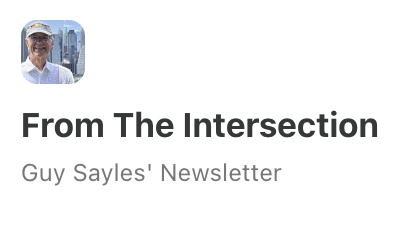
A week ago, I stood near a Christmas tree in a sanctuary. We sang “Away in a Manger.” I had a lot on my mind, and I was also dealing with a good bit of pain. I sang without noticing what I was singing until I heard the others in the room and, in a slightly delayed echo, myself give voice to these words:
“Be near me Lord Jesus. I ask Thee to stay, Close by me forever, and love me, I pray.” Tears leaked down my cheeks. I grew silent, knowing that if I kept singing, I’d be sighing, maybe weeping, instead.
That lovely carol, its simple words and resonant melody, slipped past my distraction and discomfort and assured me that Jesus was near and close—that there is a manger in my heart.
For most of my adult life, I’ve puzzled-over how to convey the Story of God’s Great Love for everyone and all things, a story glittered with wonder and bordered by mystery. It sounds both unlikely and inevitable. It corresponds and responds to us and our condition, while it also resists reduction to easy certainties. The story is simple and confounding; it’s grounding and humbling.
How do we express this just and joyful Love? In our post-whatever world, it’s difficult to appeal beyond the scope of mere reason to intuition and to invite both thinking hearts and feeling minds to make room in themselves for the possibility of encountering God.
Like many others, I’ve found help in Emily Dickinson’s poem 1263:
Tell all the truth but tell it slant —
Success in Circuit lies
Too bright for our infirm Delight
The Truth’s superb surprise
As Lightning to the Children eased
With explanation kind
The Truth must dazzle gradually
Or every man be blind —
Telling it slant and dazzling gradually call for metaphors and images, questions and quiet, playfulness and paradox.
I’m also finding help in three questions which a familiar Christmas song asks: “Do you see what I see? Do you hear what I hear? Do you know what I know?” [“Do You Hear What I Hear?” by Regney and Shayne, October 1962, during the Cuban Missile Crisis].
For me to ask you, “Do you see what I see, hear what I hear, and know what I know?” requires me to describe for you what I see, to pass along what I hear, and to share with you what I know, recognizing that my vision is limited, my hearing is incomplete, and my knowledge is partial.
Having borne my witness, I ask, want, and wait to learn what you see, hear, and know. The point is not for me to persuade you to accept my witness; instead, it is for us to help each other see more clearly, hear more fully, and know more meaningfully.
I see a weary and wounded world held in the restoring and healing embrace of God. There is (just) enough beauty amid devastation, solace in pain, and tenderness despite terror to leave me astonished by “the problem of the good,” while still vexed by “the problem of evil.”
I hear the promise that nothing separates us from the love of God. When I hear it whispered to me, most often in the shadows, and, especially when I have the privilege of saying it to another struggler, I trust that it is true. I will need to hear it again and say it again, since my trust weakens. Nonetheless, it sounds truer to me than the fear that we are abandoned, alienated, and alone.
I know, beyond my capacity to express, much less to explain, that the baby in Bethlehem, the teacher of the Sermon on the Mount, the God-forsaken man on the cross, and the risen one whose death defeated death is the truth and our hope.
What do you see, hear, and know?
Discover more from From The Intersection
Subscribe to get the latest posts sent to your email.


Recent Comments